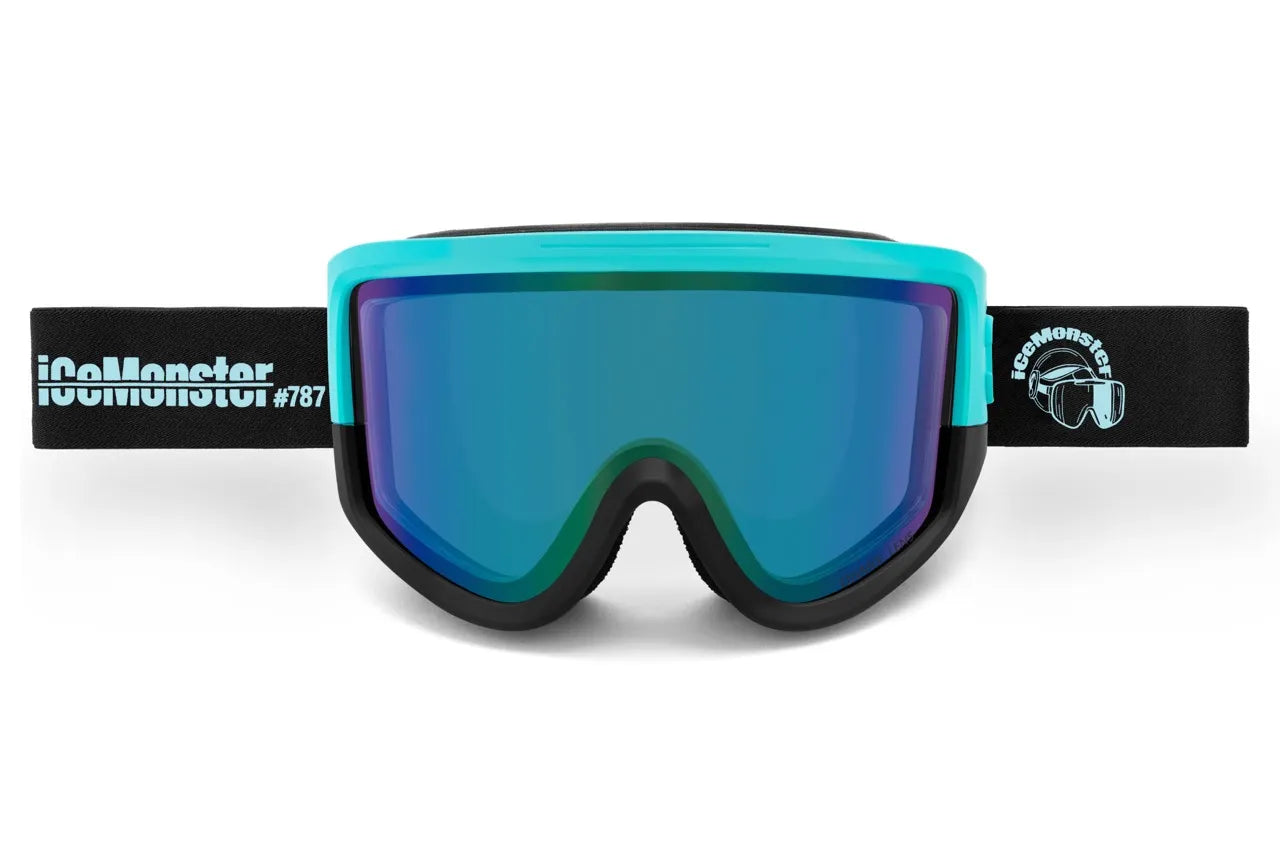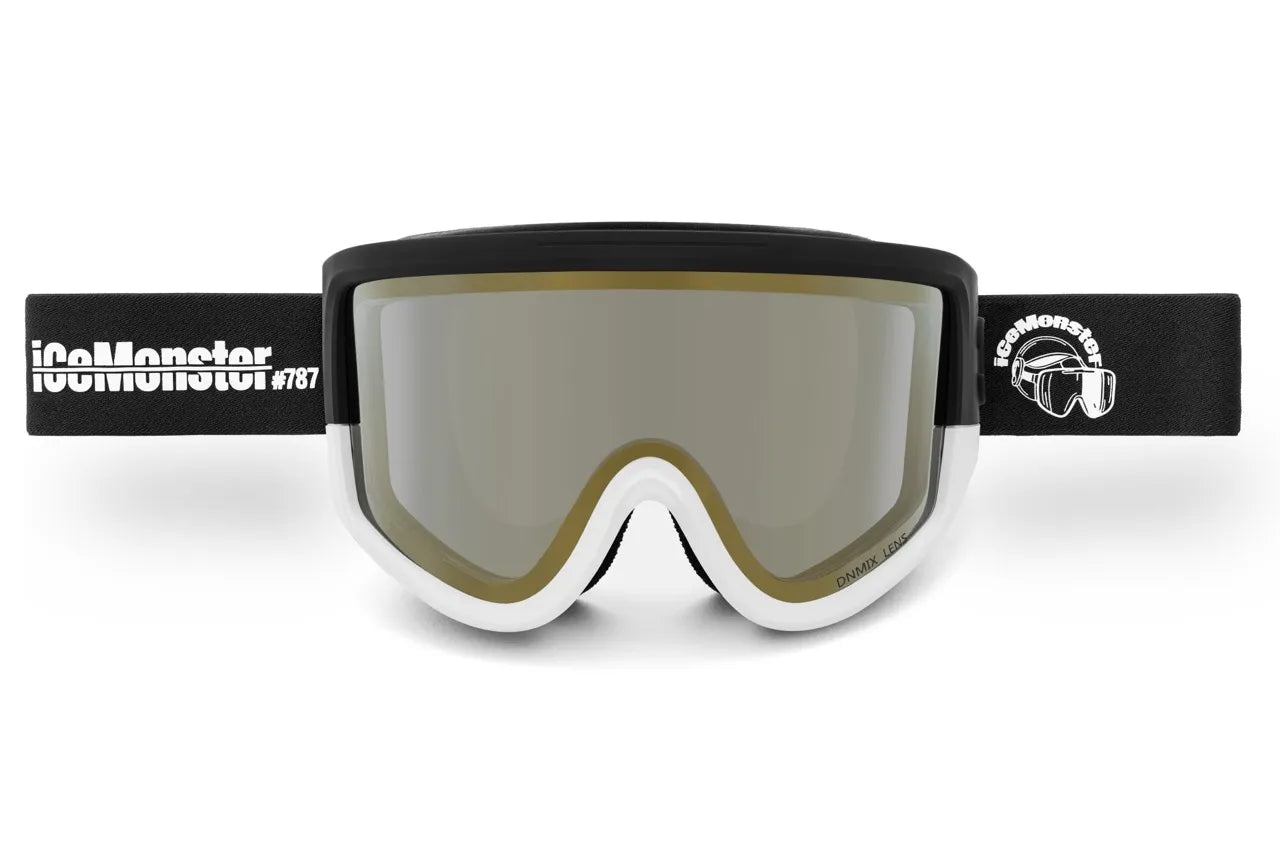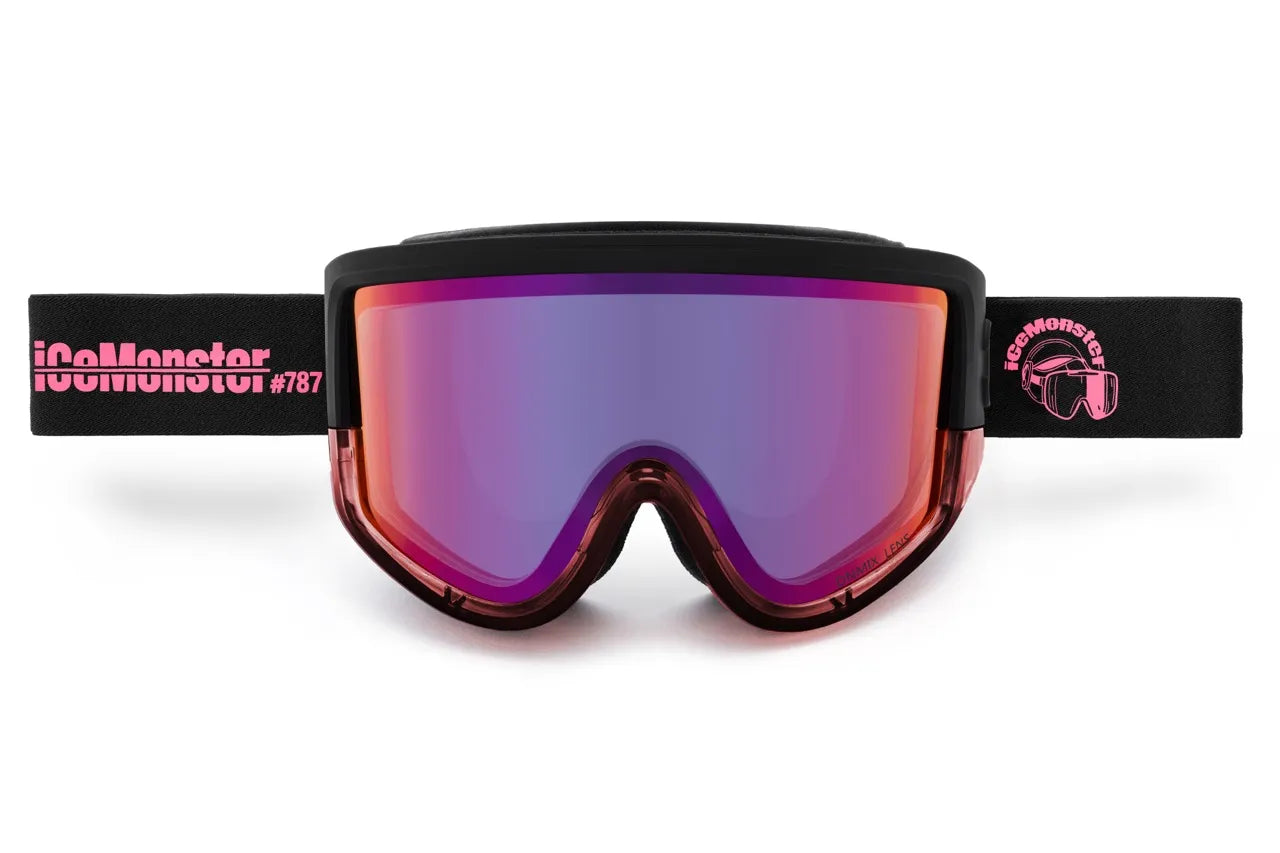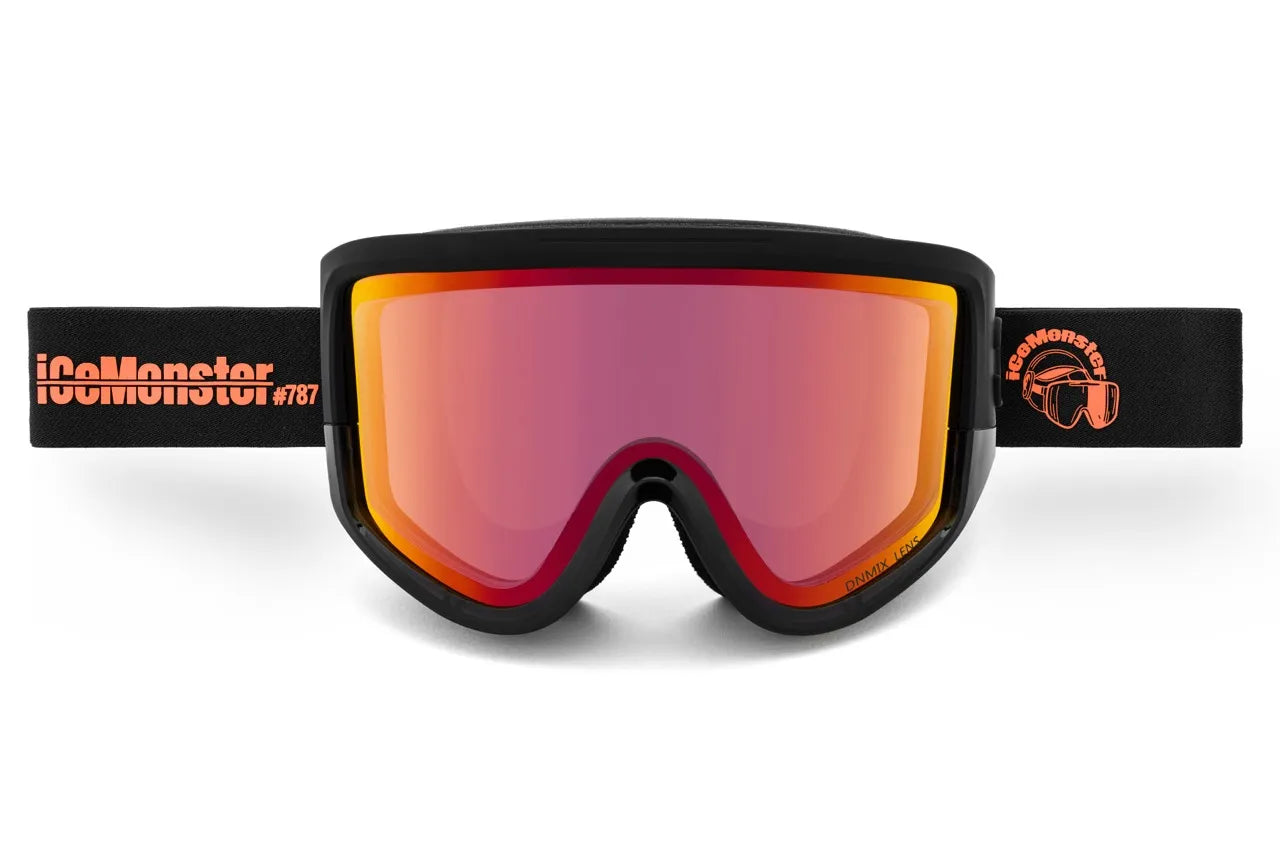Mastering Ski Bindings: Your Key to Safe and Thrilling Ski Adventures
Mastering Ski Bindings: Your Key to Safe and Thrilling Ski Adventures

When it comes to skiing, nothing is more critical than ensuring your safety and performance on the slopes. This starts with understanding the significance of ski bindings and setting the appropriate DIN settings. Dive into our comprehensive guide to unlock the secrets of choosing the perfect ski bindings.
The Vital Role of Ski Bindings

Ski bindings are your lifeline, connecting your boots to your skis and designed to release you safely during falls to prevent injuries. The right bindings not only enhance your skiing experience but also ensure you are secure on the slopes.
Choosing the Right Ski Bindings
Start by determining the waist width of your skis to select the correct size brakes. Understand your DIN setting, which depends on factors such as your skiing ability, weight, height, and boot sole length. This ensures the binding releases appropriately under pressure.
Brake Width
Your brake width should be no more than 15mm wider than your ski’s waist width. This guarantees proper deployment without dragging on the edges.
Types of Ski Bindings
From integrated bindings that offer natural flex and easy turning, to backcountry bindings like Randoneé for climbing and descending, or Telemark for free-heel movement, choosing the right type is crucial.
Key Components of Ski Bindings

Bindings comprise toe and heel pieces that release during a fall, ski brakes to stop runaway skis, anti-friction devices for easy release, and lifters for enhanced edge hold.
Skier Profiles and Binding Selection
Beginner/Intermediate skiers can opt for lower-end models, while advanced skiers require higher release settings and durable materials. Juniors need bindings with lower release settings that accommodate specific boot sizes.
DIN Settings Explained
DIN settings ensure your bindings release correctly under stress. They should be adjusted by professionals based on your height, weight, age, skier type, and boot sole length.
Adjustment and Maintenance
Bindings must be mounted and adjusted by qualified technicians. Regular inspections and testing by a ski technician are essential, especially before each ski season.
Care Tips for Ski Bindings

Keep anti-friction devices clean and replace them if damaged. Store your skis in a warm, dry place during the off-season to ensure longevity.
Enhance Your Experience with IceMonster DNMIX™
For those looking to revolutionize their winter sports experience, consider the IceMonster DNMIX™ Electrochromic Lens Technology. With one-touch tint adjustment for optimal eye protection and unmatched anti-fog performance, these goggles provide glare-free vision, comfort, and durability, ensuring you enjoy every moment on the slopes.
Key Features:
- Quick tint adjustment for immediate eye protection
- Unmatched anti-fog performance with ANF MAX™ technology
- 99.99% UV protection
- Lightweight, durable frame for all-day comfort
Q&A
Q: How important is the proper DIN setting?
A: The proper DIN setting is crucial for safety, ensuring that bindings release correctly during falls to prevent injuries.
Q: Can I adjust ski bindings myself?
A: It’s recommended to have bindings adjusted by a certified technician to ensure they are set correctly for your safety requirements.
Q: How often should ski bindings be serviced?
A: Ski bindings should be inspected annually by a certified technician, especially before the skiing season begins.




